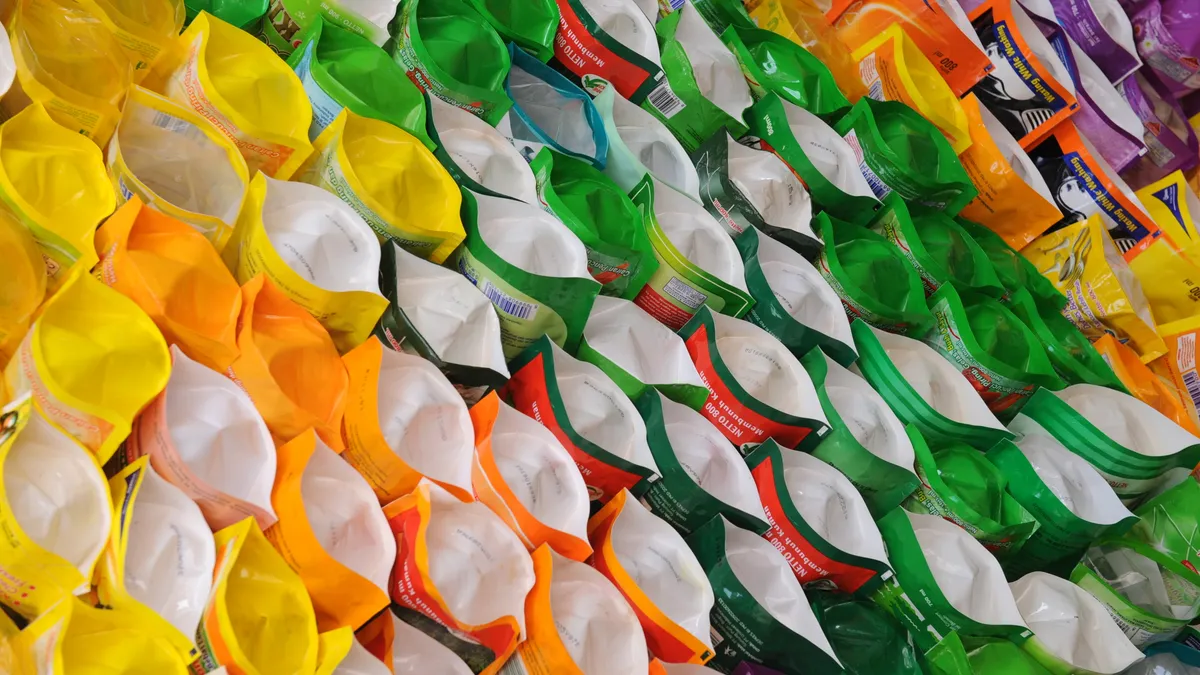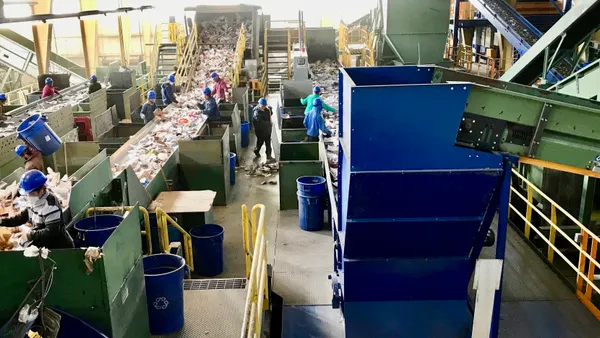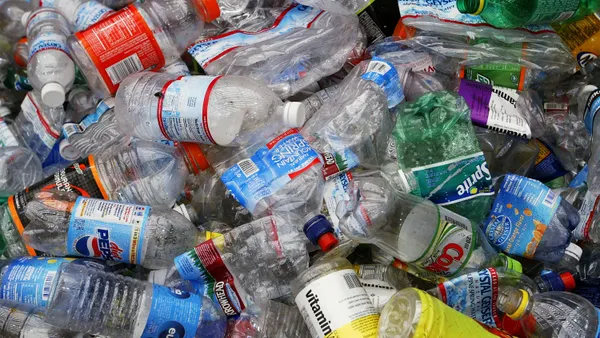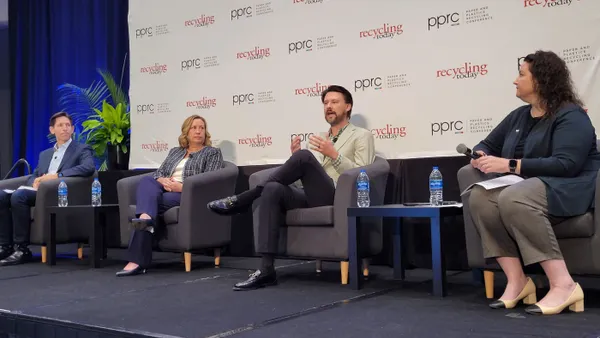With a sixth and seventh state recently adopting extended producer responsibility for packaging laws, momentum for packaging policy has been building in 2025.
Maryland’s bill was signed into law on May 13. Washington followed suit on May 17. Both have producers eventually reimbursing 90% of recycling costs, similar to Minnesota’s packaging EPR law signed last year.
These laws represent the culmination of several years of work in those states, said Rob Keith, membership and policy director at Ameripen. The product is “results-based and workable,” he said. “I think we're excited to see three pass in fairly quick succession,” he said, “all of which have a little bit of consistency running through them.”
Ameripen focuses more on advocating for inclusion of certain core principles in EPR legislation, such as “shared responsibility,” or partial cost-sharing with governments.
“Looking at these three, seeing that there are common threads, seeing that there are similar provisions, and that they are borrowing from each other and influenced by each other, and also knowing that we had a significant role in each one, I think is a real positive as we move forward,” Keith said.
Now that seven states have packaging EPR laws, including very populous ones like California, roughly one-fifth of the entire U.S. population lives under a packaging EPR policy, said Lynn Dyer, Ameripen’s new executive director. As Dyer tackles the role heading into the second half of this year, she said she’ll be preparing for new state bills come January.
“One of the opportunities we have as these states start the implementation process is [looking at] what works and what doesn't work,” she explained.
Previously, on the industry side there was a gap in awareness about EPR and its implications, Dyer said.
“I think this year has been a moment of, ‘Oh, what is this? And what do I need to do?’” Dyer said. “We are starting to see that throughout the entire packaging value chain, where customers are coming to their suppliers saying, ‘Oh my gosh, I just heard about this. What do you know? What can you tell me? Oh, no, I need to report on X, Y, Z.’”
That’s an opportunity for Ameripen, Dyer said, to lead and bring more companies into the fold, “and then also translate that to, ‘Okay, you now see this happening to you: What do you want to see in the future? Help us shape future legislation.” That trend is expected to continue into next year, Dyer said.
Keith said conversations about the potential for federal EPR are still happening. Following a Senate hearing on EPR last year, “I don't think we've seen anything as formal this year, but there's been continued interest from certain members of Congress,” Keith said.
In states, bottle bills continue to crop up. For instance, this year the Texas House advanced legislation, but the session expired in mid-May.
Regarding states that have introduced joint EPR and bottle bill legislation, “I certainly know that there are groups out there that are excited about that approach. I think that the conversation will continue,” Keith said. “It's not something that we're supporting right now, but certainly something that was interesting to see pop up.”
The current political emphasis on domestic manufacturing may be a boon for bottle bills, including in red states, explained Heidi Sanborn, executive director at the National Stewardship Action Council.
“Companies did make the investment for recycling, and now they can't feed the plants” with used material, Sanborn said, as President Donald Trump calls for more U.S. manufacturing. “Well, this aligns perfectly.” Sanborn named Texas, New Mexico and Tennessee as among the states to watch in the coming years.










